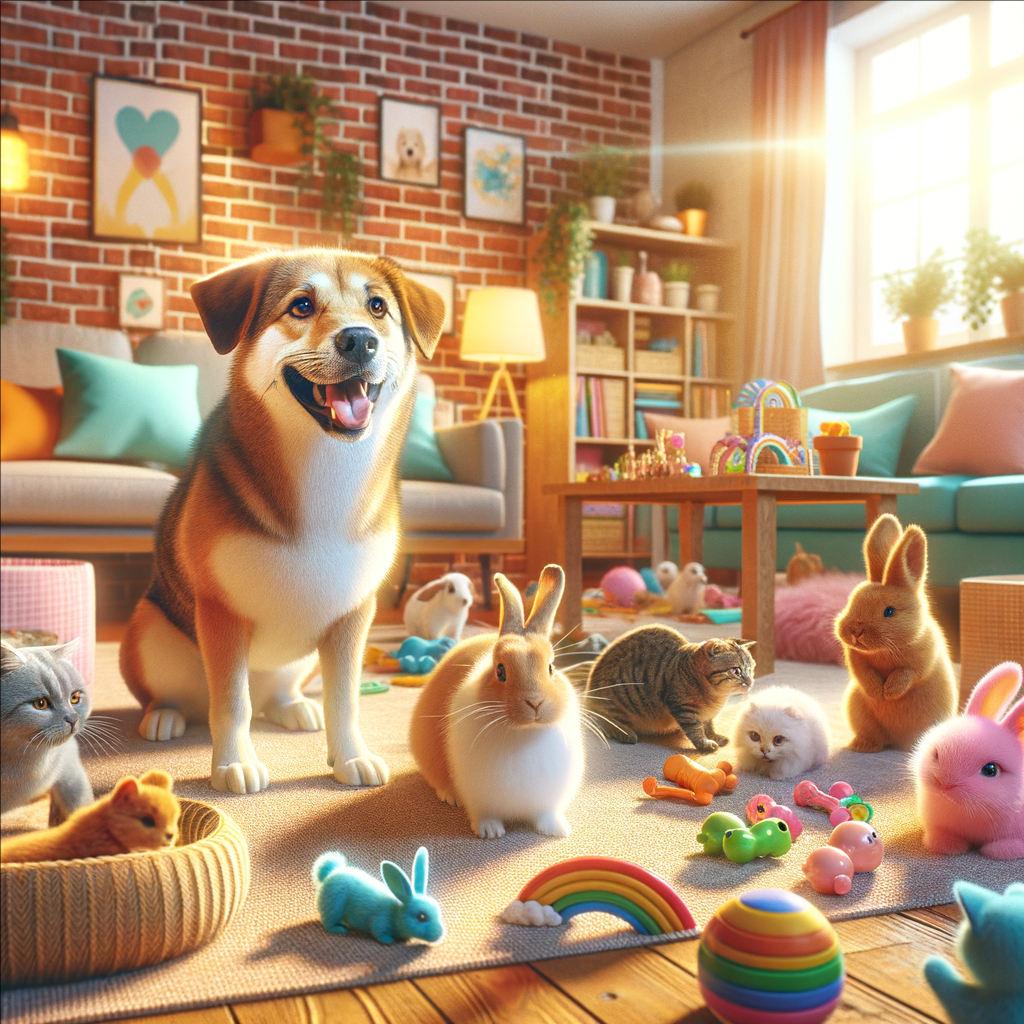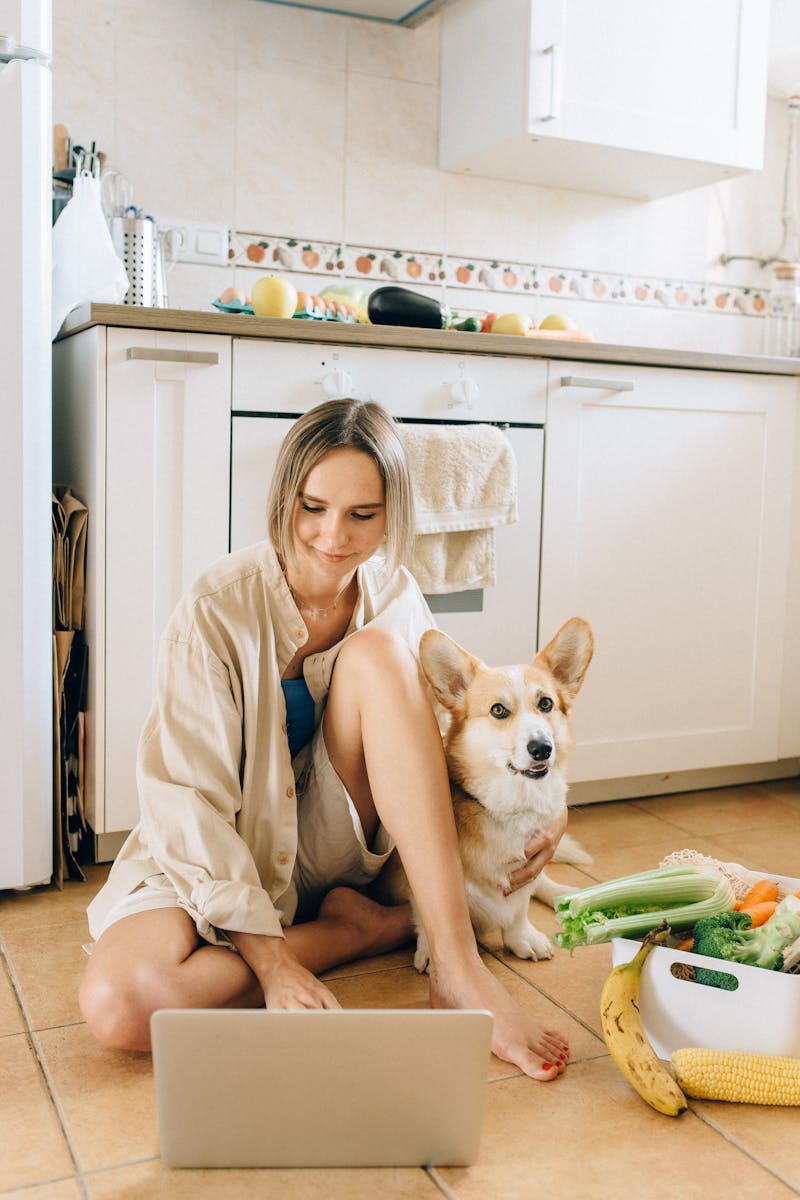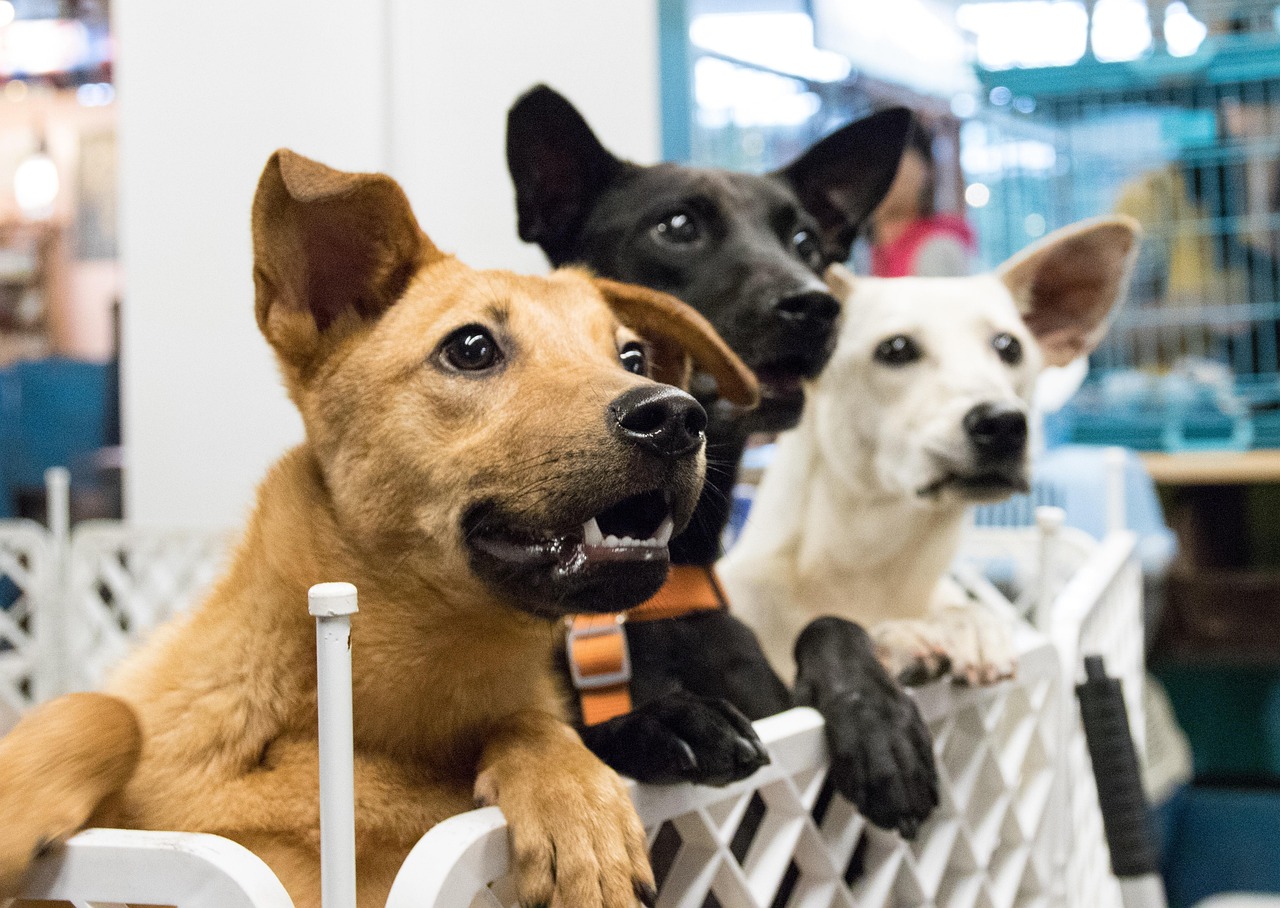Tips for Socializing Your Dog with Other Pets
Socializing your dog isn’t just important—it’s a cornerstone of responsible pet ownership. The way your furry friend interacts with people and other animals can significantly influence their behavior and overall happiness. If you’re eager to introduce your dog to a wider circle of friends, both furry and human, you’ve come to the right place! In this guide, we’ll explore effective strategies for socializing your dog, ensuring that every encounter is smooth and enjoyable.
Why Socialization Matters
Before diving into tips, let’s quickly outline why socializing your dog is so vital. Proper socialization helps prevent behavioral problems, reduces anxiety, and makes your dog more adaptable to various situations. When your dog is well-socialized, they’ll be more comfortable and confident during outings, vet visits, or any new experiences. This not only benefits your dog but also provides peace of mind for you, the owner!
1. Start Early: The Key to Successful Socialization
The best time to start socializing your dog is during their critical developmental phase, which occurs between 3 to 14 weeks old. Puppies are particularly receptive to new experiences during this period.
Here’s how to make the most of it:
- Introduce Gradually: Begin with calm, friendly dogs in controlled settings. Start with short interactions and gradually increase exposure as your puppy becomes more comfortable.
- Positive Reinforcement: Utilize treats or praise to reward calm behavior around new pets. This creates a positive association with other dogs, making your puppy more likely to seek out interactions in the future.
For adult dogs, socialization can still be achieved:
- Controlled Introductions: Arrange meet-and-greet sessions in neutral territory, where both dogs feel safe and secure.
- Observe Body Language: Look out for signs of stress or aggression. If you notice any tension, calmly separate the dogs before negative interactions can escalate.
2. Choose Safe Environments for Introductions
The environment where you introduce dogs can make or break the experience. Opt for locations that foster positive interactions and minimize distractions.
Consider these options:
- Quiet Parks or Backyards: These spaces allow dogs to explore without overwhelming stimuli like loud noises or crowded areas.
- Fenced Areas: Ensure that any chosen space is securely fenced to ensure the safety of all pets during playdates.
Additional Tips:
- Limit Participant Numbers: Begin with just one new pet; this reduces anxiety for both dogs and allows for better control over the situation.
- Supervised Playdates: Monitor interactions closely until you’re confident that both pets can play safely together.
3. Use Leashes Wisely: Control Without Constraint
Leashes are excellent tools for managing introductions while giving dogs a sense of freedom.
Here’s how to utilize them effectively:
- Short Leash Technique: Keep a short leash initially, giving you quick control if necessary. This method allows for safety without making your dog feel overly restricted.
- Avoid Tension on the Leash: A tight leash can signal anxiety. Keep it relaxed to prevent transmitting nervous energy while maintaining control.
Keep an Eye on Body Language:
Be vigilant regarding each dog’s body language. If either dog appears distressed, don’t hesitate to step back and provide space before attempting introductions again.
4. Teach Basic Commands: The Foundation of Good Behavior
Having a well-trained canine companion makes socialization significantly more manageable. Commands like “sit,” “stay,” “come,” and “leave it” can help you navigate potentially chaotic situations.
Benefits of Training Include:
- Improved Communication: Commands allow you to guide your dog effectively, reducing reliance on physical restraint.
- Enhanced Focus: Teaching commands helps dogs focus on you amidst distractions, a valuable skill when meeting new friends!
Training Strategies:
- Practice Regularly: Train in various environments (home, park) to ensure adaptability.
- Reward Generously: Use treats and verbal praise to motivate compliance, fostering a strong bond of trust and obedience.
5. Monitor Progress & Be Patient
Socialization is an ongoing process, and every dog progresses at their own pace.
Here’s how to ensure effective monitoring:
- Keep a Journal: Document each interaction, noting successes and areas for improvement. This will help you adjust future socialization efforts effectively.
- Celebrate Small Wins: Acknowledge every minor achievement, whether it’s a friendly sniff or a burst of excitement between dogs. These moments mark significant progress in your dog’s social journey!
Above all, patience and consistency are key. The more positive experiences you create now, the fewer behavioral problems you’re likely to encounter later.
Conclusion: Embrace the Journey of Socializing Your Dog
Socializing your dog is a rewarding experience that requires time, care, and attention. By following these essential tips, you’ll lay a solid foundation for your pet’s interactions with others, ultimately leading to a happy, well-adjusted companion. Remember, socialization not only creates harmony between pets but enhances their quality of life.
So, are you ready to start this rewarding journey? Share your experiences, questions, or tips related to dog socialization in the comments below! Let’s foster a community of responsible pet owners who support one another in raising happy, social dogs! 🐶✨
news via inbox
Nulla turp dis cursus. Integer liberos euismod pretium faucibua





